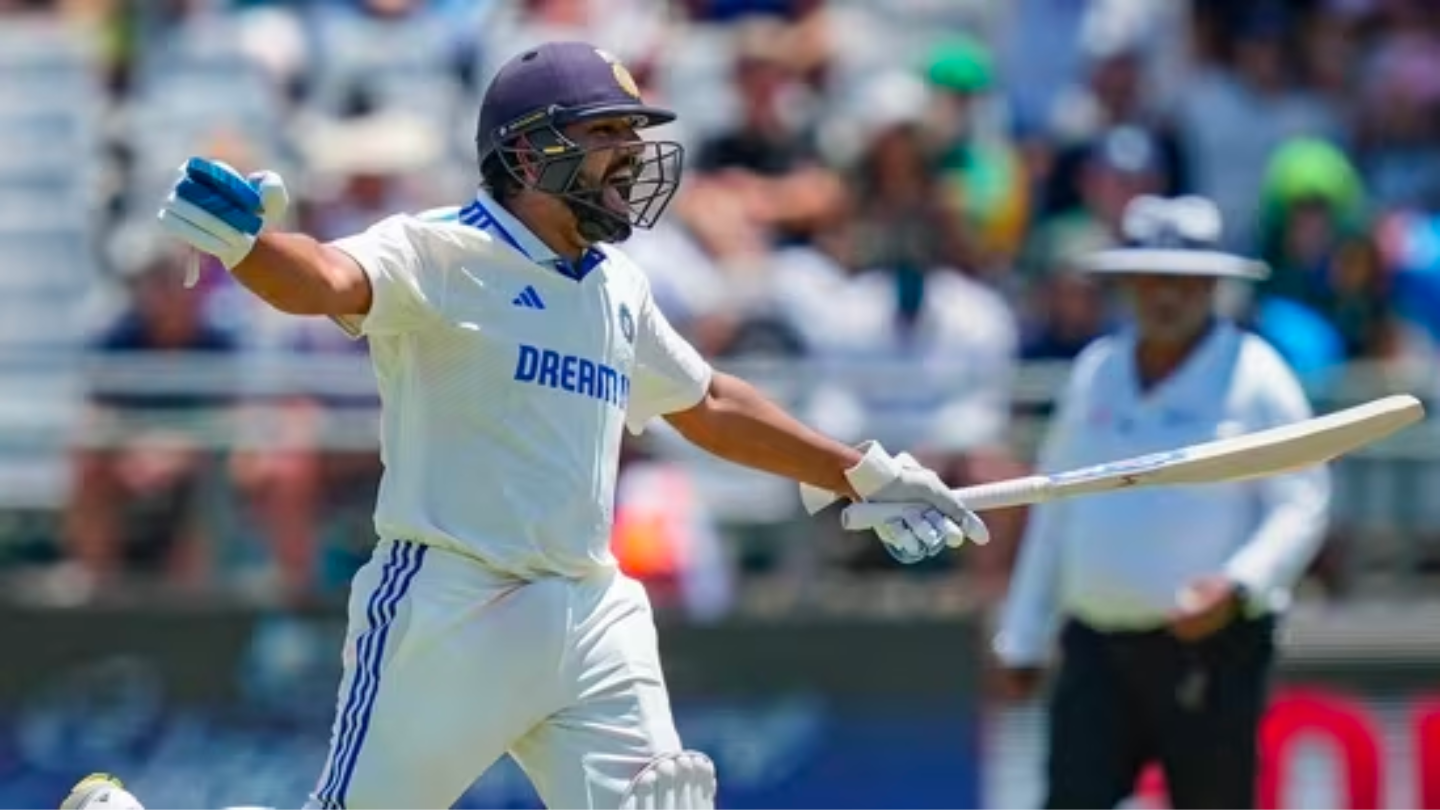Rohit Sharma said it best. India’s victory over South Africa at Cape Town was as good as their one at Gabba 2021.
Both the experts and the casual observer were of the opinion that it was India’s time, that South Africa had never looked so good, and if not now, when? Even though India had three batsmen on their first visit to South Africa, they had plenty of seniority in the batting line-up. Even in the absence of Mohammad Shami, India had plenty of bowling options with the likes of Jasprit bumrah and Mohammad Siraj at the top of the order. On the other hand, South Africa’s batting was lukewarm, and the bowling was largely bereft of Test experience.
The bubble of a maiden series triumph was burst in Centurion in the space of 210 overs (less than three days) as a lack of support from Bumrah to Siraj was ruthlessly exposed by the likes of Dean Elgar (1) and Marc Jansen (2). Once South Africa had amassed 408 in reply to India’s 245 in what was a bowler’s paradise, there was only one team left in contention and the dream of Rohit Sharma becoming India’s first to lead the team to a series victory in the final frontier lay in tatters.
In recent years, India’s ability to recover from crushing defeats and bounce back has been remarkable. This was especially true on the 2020-21 tour of Australia, where they were bowled out for 36 in the first innings in Adelaide and were without skipper Kohli for the next three matches.
Ajinkya Rahane, though, led from the front, and his century in the second innings helped them level the series in Melbourne. Then, in a record chase at the Gabba in the fourth Test, with less than half the players who started the series in the playing XI, Pant saved the day with an unbeaten century.
Why should it be any different this time?
In the end, India were as good as it gets. Except for Shami and Pant, of course. After all, it was a new season, a new year, and they still had a chance to end the series with a draw and significant points in the World Test Championship. After all,
After all that had happened at Newlands, Cape Town, India had ticked one box: the box of bounceability. On the first day of the final Test, Siraj had opened the floodgates with a magical piece of seam bowling; Bumrah had followed suit on the second day, showing intent and purpose and relishing the role of leader with aplomb. South Africa, on the back of an unexpected success on SuperSport Park, had been bowled out for 55 on day one and were bowled out for a mere seven. The fact that the result had been achieved in conditions that would have been unacceptable even in a club match made the outcome all the sweeter.
This was as much for India as it was for Rohit. Since losing to South Africa at Centurion at the turn of last year, India had been on an incredible winning streak in Tests outside of Asia and the Caribbean.
They had lost the last two tests in South Africa at the start of 2022, lost the last match of a five-test series held over from last year after they failed to defend a target of 370+ and were thrashed by Australia in the final of the Cricket World Cup at The Oval last July. Centurion marked their fifth loss in a row against South Africa and England together. Another loss and tongues would have wagged, if not wagged faster.
This was Rohit’s 5th overseas Test as captain – he’s won 2 and lost 4 – but this one was special, given he compared the Newlands win to the Gabba robbery. India have won 4 out of 5 Tests in South Africa over the past 5 visits; extending it to 5 out of 6, Rohit has once again shown his leadership and management skills, both of which have not been given the credit they deserve.
It must have been especially satisfying for Indian fans, who, until 2006, had grown accustomed to one crushing wicket after the next in South Africa (the nadir having been a century and 66 in a 1996 Test in Durban). For a long time now, India had been as good at the giving as they had been at the getting, thanks in no small part to the collection of fast bowlers that made up the Kohli-Shastri era’s legacy. This was a testament to that legacy, and the Newlands deck could as well have been a cautionary tale: ‘don’t take your foot out of your mouth’.

